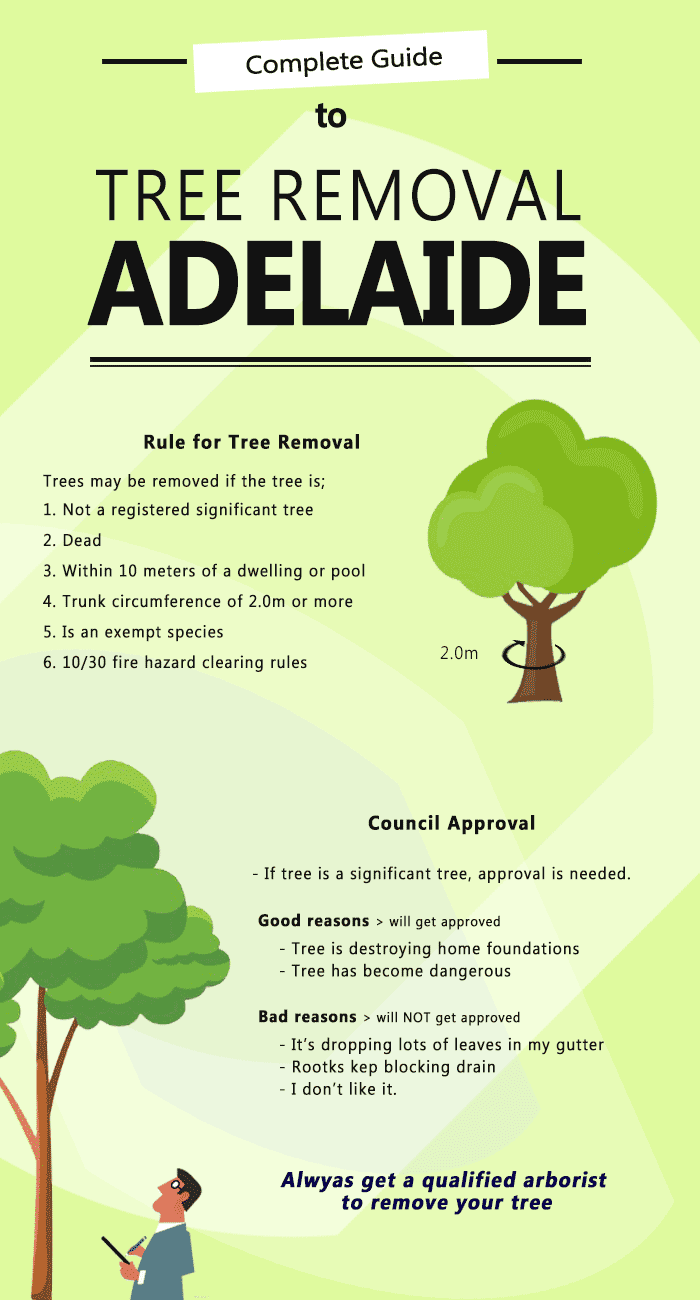Assessing The Viability Of Trees: Identifying When Removal Is Vital
Assessing The Viability Of Trees: Identifying When Removal Is Vital
Blog Article
Write-Up By-Jarvis Harrington
If you have actually ever before questioned the fate of the trees on your residential property, recognizing when it's time for removal is essential. Yet just how do you establish if a tree can be conserved or if removal is the only option? By searching for specific indications and examining safety and security risks, you can make educated decisions that profit both your landscape and your environments. Allow's discover https://www.google.com/search?q=Precision+Timber+Felling&ludocid=14488364426700125656&lpsid=CIHM0ogKEICAgIDRqZXlRg&source=sh/x/localposts/m1/1&lsig=AB86z5XDzNisBWY-O2yj3bksCBA3&shndl=-1&kgs=857edde0ca74e2e9 that come into play when making a decision the destiny of a tree and how you can make sure the best outcome for your environment-friendly companions.
Indicators of Tree Decline
If you see any of the following indicators of tree decrease in your yard, it might be time to consider tree removal.
One common sign is dead or decaying branches, which can suggest underlying problems affecting the tree's health. Look out for blemished or shrivelled fallen leaves that persist despite having proper care, as this could be an indication of illness or insects.
Another warning signal is too much leaning or an obvious shift in the tree's base, which might recommend origin issues or structural instability. Keep an eye out for fungal growth on the trunk or origins, as this can suggest rot and endanger the tree's security.
Furthermore, if you observe huge cracks in the trunk or significant arm or legs, it's crucial to resolve these problems immediately to stop prospective risks. Dealing with these indications of tree decrease quickly can assist preserve the safety and security and aesthetics of your yard atmosphere.
Security Worries
To guarantee the health of your property and those around you, focusing on safety worries related to trees is critical. Trees can present different safety dangers otherwise correctly maintained. Dead or worn out branches might drop unexpectedly, threatening individuals or destructive frameworks.
Leaning trees can additionally be unsafe, particularly if they're leaning towards a structure or power lines. Furthermore, visit this hyperlink with substantial origin systems near structures or underground energies can create significant damage gradually.
It's critical to frequently inspect your trees for any indications of potential threat. Watch out for cracks in the trunk, large tooth cavities, or indicators of condition and decay. If you observe any of these problems, it's ideal to talk to an expert arborist to assess the circumstance and establish the required strategy.
Taking positive steps to address security concerns without delay can prevent accidents and residential property damages in the future. Keep in mind, the security of your property and those around you must constantly be the leading priority when it concerns tree upkeep.
Consulting an Arborist
When considering the health and safety of your trees, speaking with an arborist is a vital action. Arborists are trained specialists that specialize in the care and upkeep of trees. They can assess the total wellness of your trees, determine any type of issues such as illness or structural troubles, and provide expert recommendations on the best strategy.
By getting in touch with an arborist, you can receive useful insights right into the problem of your trees and figure out whether elimination is needed. Arborists have the understanding and experience to review the dangers related to keeping a tree versus removing it. They can likewise offer guidance on alternate remedies, such as trimming, cabling, or supporting, to aid protect the tree whenever possible.
In addition, arborists can aid you navigate any type of neighborhood regulations or allows that may be required for tree elimination. Their proficiency can ensure that the procedure is carried out safely and in conformity with any kind of appropriate regulations.
Verdict
In conclusion, when determining whether trees can be saved or if removal is necessary, it is necessary to take into consideration signs of decline and safety problems. Consulting an arborist for an extensive evaluation is important in making the best choice for the tree's wellness and prospective hazards. Keep in mind, proactive care and prompt action can aid preserve trees and avoid crashes.
